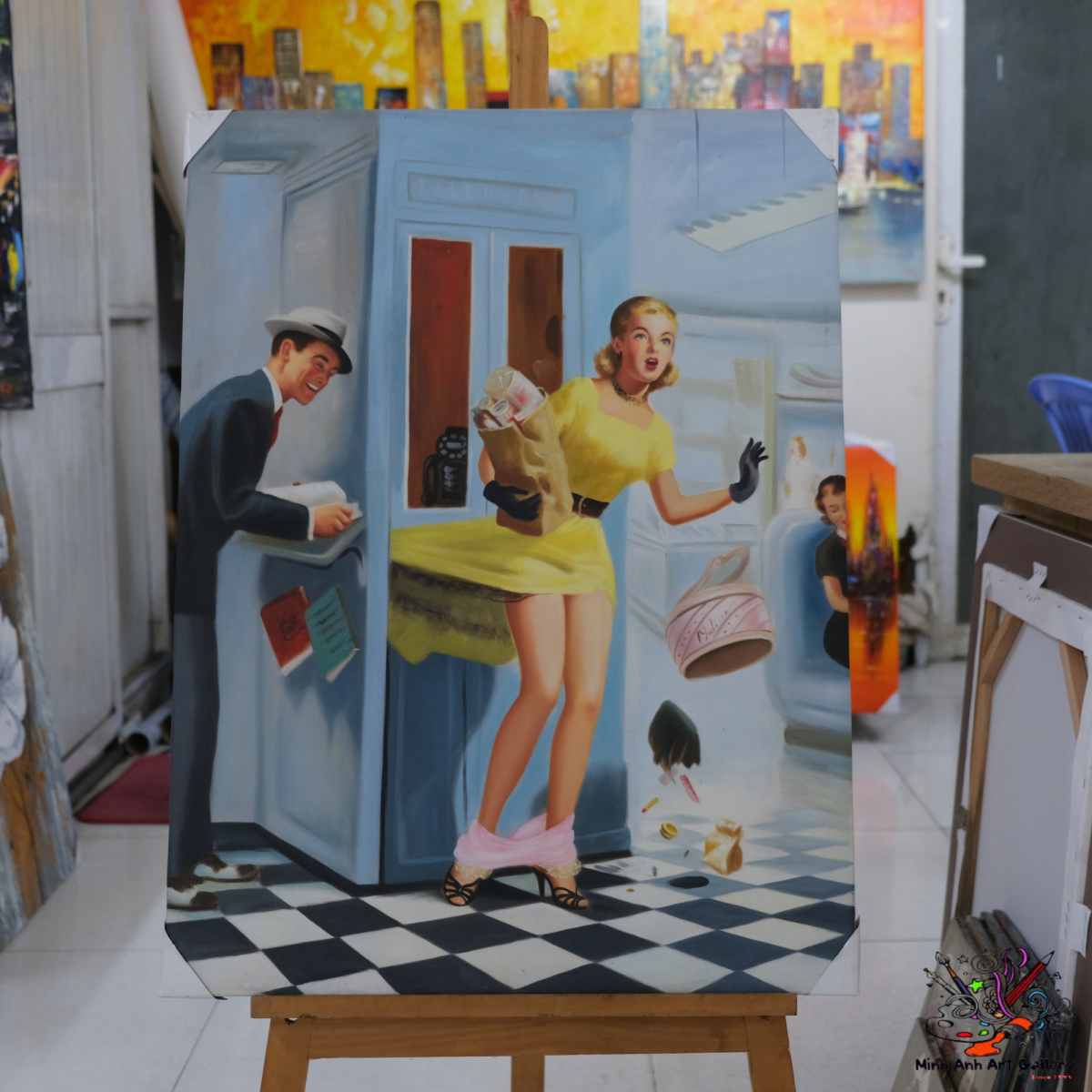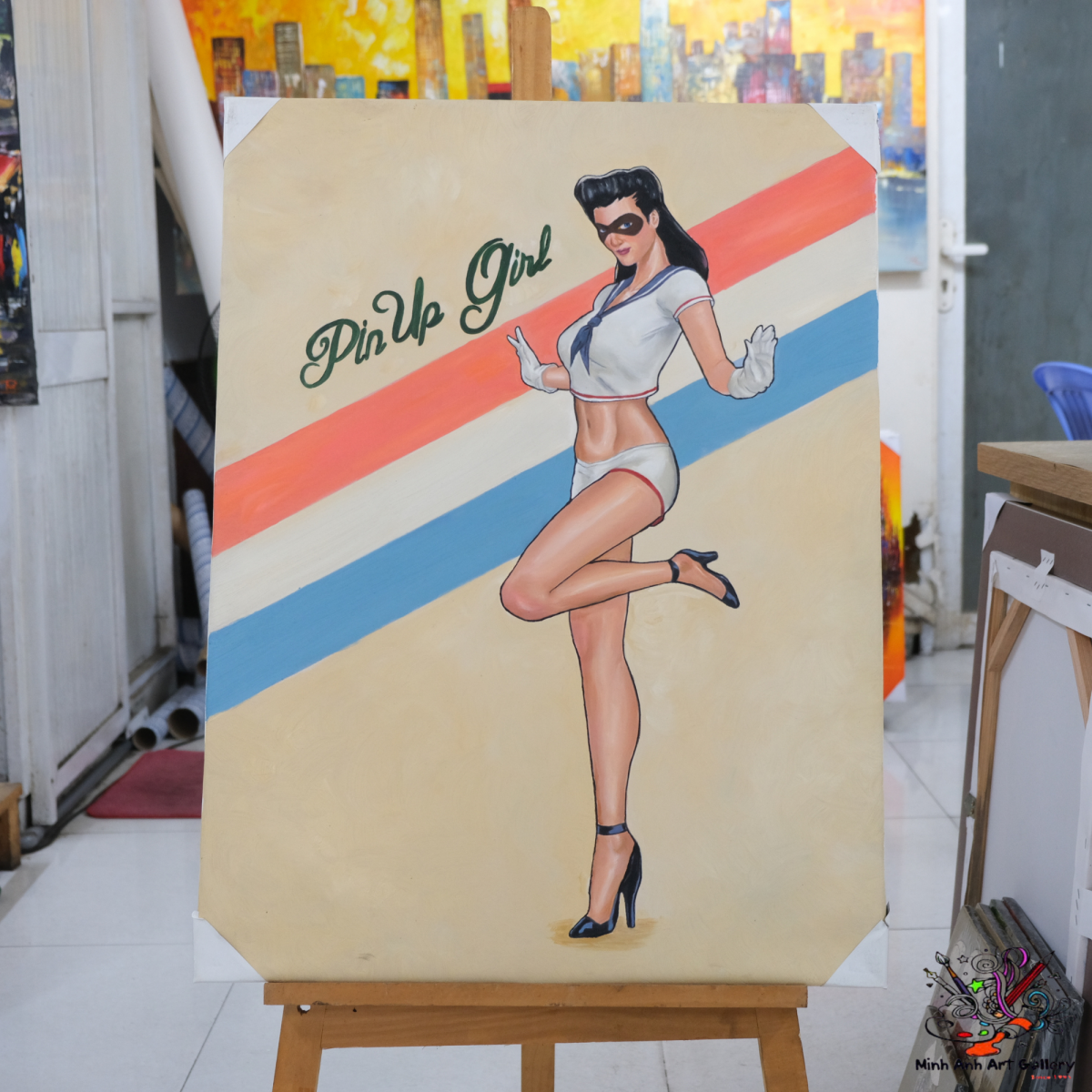Minimalism isn't just about white walls and empty rooms—it's an experience. In today's contemporary art gallery scene, it's become a strategic tool for storytelling, viewer engagement, and collection curation. Whether you're stepping into a physical space or scrolling through an art collection online, the minimalist aesthetic is shaping the way we see and feel art like never before.

Minimalism is often misunderstood. It’s not about having less for the sake of less—it’s about stripping away distractions to let the essential shine. In an art collection gallery, minimalism allows the artworks to breathe, giving viewers space to reflect without visual noise.
Born in the 1960s as a rebellion against excess and chaos, minimalism began as a movement rooted in simplicity, repetition, and industrial materials. Now, it has evolved into a refined language used by curators and gallerists to elevate the viewer's connection with art.
Today’s curators don’t just hang art—they create environments. Minimalism in gallery spaces often reflects a deep intentionality: each piece is selected not only for what it says, but how it breathes in the space around it.
Have you ever noticed how a single painting on a white wall hits harder than ten pieces squeezed together? That’s the power of minimalism. It gives art the spotlight it deserves.
A minimalist layout invites visitors to slow down. It doesn’t demand attention—it offers it. This emotional breathing room fosters a deeper connection between the viewer and the artwork.
In a world screaming for attention, a quiet gallery whispers. And that whisper? It’s powerful. A minimalist art collection gallery cuts through the digital noise, offering calm and clarity.
Private art galleries often serve collectors with specific tastes. Here, minimalism isn’t just a style—it’s a signature. These spaces often reflect a deeply personal vision, with design playing a major role in how art is presented and perceived.

Lighting isn’t just about visibility; it’s about emotion. Minimalist exhibitions use spotlighting, shadows, and natural light to guide the eye and evoke mood. Paired with negative space, every piece gains importance.
The layout of an exhibition tells a story. With minimalism, transitions between pieces feel purposeful. Visitors aren’t rushed—they’re guided gently through a visual journey.
A curated art collection is a story told through objects. And like any great story, editing is key. Minimalist galleries excel in presenting only what matters, making the narrative sharper and more compelling.
Think of a gallery as a stage. In minimalist design, there’s no background chatter—only the main performance. This lets each piece of art speak for itself, loud and clear.
Minimalism acts as the unseen hand in a modern art collection. It frames the work without distracting from it, ensuring the viewer’s journey is deliberate and impactful.
In the realm of high-end collecting, presentation is everything. Minimalist aesthetics lend a sense of prestige and timelessness to a fine art collection, reinforcing its value and sophistication.
Online galleries are embracing minimalism too. Clean layouts, intuitive navigation, and whitespace help users engage with art deeply—even through a screen. Explore our art collection online for a taste of digital serenity.
A well-designed art gallery collection tour doesn’t overwhelm with popups or clutter. Instead, it flows—mirroring the calming effect of a physical minimalist space.
Even famous art collections filled with varied works benefit from minimalist presentation. It’s not about making everything look the same—it’s about giving each piece its moment to shine.
Today’s contemporary art gallery spaces are defined by their restraint. Minimalism has become more than a trend—it’s a language that galleries use to communicate seriousness, elegance, and thoughtfulness.
As attention spans shrink and digital content expands, minimalism offers a breath of fresh air. Its longevity may depend on its ability to adapt while maintaining its core principles.
New generations of artists are influenced not just by minimalist art—but by the minimalist spaces in which it's shown. They’re learning to let the work speak and silence do the rest.

Minimalism in contemporary art galleries isn’t just a style—it’s a strategy. It gives artworks space to breathe, stories room to unfold, and viewers permission to feel. From curated art collections to immersive digital experiences like our art collection online, the role of minimalism is expanding. And at Minh Anh Art Gallery, we’re proud to shape that experience—one serene wall at a time.
1. Why is minimalism so popular in art galleries today?
Minimalism offers clarity, focus, and emotional space for both viewers and artworks. It enhances engagement without distraction.
2. How does minimalism influence art curation?
It encourages curators to select pieces intentionally, highlight narratives, and create immersive experiences using space and light.
3. Can minimalist design work in online galleries?
Absolutely. It makes digital viewing intuitive and enjoyable, especially in art collection online platforms with clean layouts and simple navigation.
4. Does minimalism limit creativity in exhibitions?
Not at all. It refines creativity by focusing on essential elements and eliminating unnecessary distractions.
5. What makes Minh Anh Art Gallery different in its use of minimalism?
We combine minimalist design with storytelling, giving our collection a unique voice in every exhibit and digital experience.
Message:
Thương Hiệu: Minh Anh Art Gallery
Gallery: 101 Bui Vien St, District 1, Ho Chi Minh City, Viet Nam
Phone: (+84) 962 720 484
Email: minhanhart.vn@gmail.com
Website: https://minhanhart.vn/